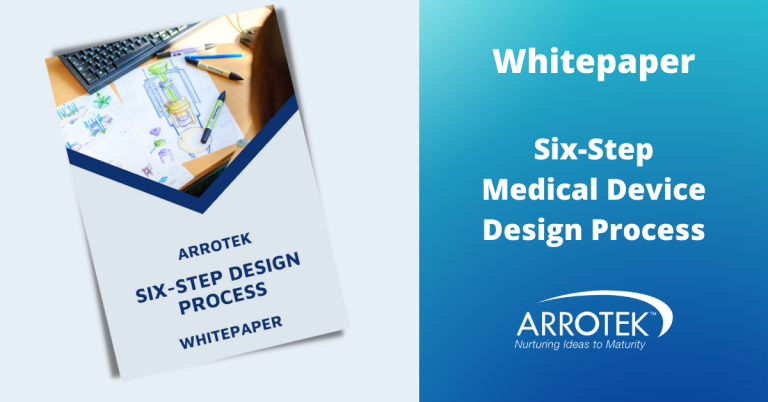Not all medical devices are the same. Some are non-sterile and pose minimal risk to patients, while others are implanted in the body and carry a high risk. Therefore, regulations for medical devices must distinguish between the different types, setting appropriate requirements for regulatory approval depending on risk. Regulators do this with a classification system.
In other words, understanding the classification that your new medical device falls under is a crucial step in the design and development process. The classification will inform how the development progresses as well as the steps required to obtain regulatory approval.
EU vs US Regulations
In the EU, new EU regulations, known as the new EU Medical Device Regulations, or MDR, are coming into force. One of the main changes in the new regulations involves different rules on the way medical devices are classified.
If you have gone through the process of designing and developing a medical device before, you might find it different with the new EU MDR. For example, the medical device you want to develop might now fall into a higher classification.
If you are going through the process for the first time, however, the changes in EU regulations will have less of an impact. One exception to this is the fact the new EU MDR brings the classification of medical devices in Europe more in line with international regulations. This includes FDA regulations which apply in the US.
There are still some differences, particularly in relation to how you get regulatory approval in the EU compared to the US, but the closer alignment of the two systems has simplified many aspects.
We’ll look at the classification system in the US in more detail in a future blog. The focus here is on medical device classifications in the new EU MDR.
EU MDR Medical Device Classifications
The classification system for medical devices under the new EU MDR is based on risk. The level of risk the medical device presents determines which classification it falls under. This classification then tells you:
- Whether a conformity assessment is required to ensure it meets MDR requirements; and,
- If a conformity assessment is required, how that should be done.
If a conformity assessment is required, it must be conducted by a Notified Body, i.e. an independent certification organization authorized – i.e. notified – by an EU member state.
There are three main classifications for medical devices: Class I, Class II, and Class III. In addition, there are sub-classes such as, for example, Class IIb and Class IIa.
Most medical devices, however, will fall into the following risk classes:
- Class I – this classification is for the lowest risk medical devices such as wheelchairs, glasses, stethoscopes, etc. Most medical devices in this category do not require a conformity assessment. Instead, they can be self-assessed. The exceptions are Class I medical devices which are reusable surgical instruments, are supplied sterile, or have a measuring function. A notified body is required to certify these types of medical device.
- Class IIa – this classification is for medium risk medical devices. An example is a surgical clamp. A conformity assessment by a notified body is required for this classification of medical device.
- Class IIb – this classification is for higher risk medical devices or medical devices classed as a medium-to-high risk. A bone fixation plate is one example. Again, Class IIb medical devices require a conformity assessment.
- Class III – this classification is for the highest risk medical devices and requires a conformity assessment. Examples include pacemakers and heart valves.
Determining the Classification of Your Medical Device
One of the first things that is required when designing and developing a new medical device for the EU market is to determine its classification. Working with an engineering design and development team with knowledge and experience in this area streamlines the regulatory approval process and ensures the development starts on the right track.





